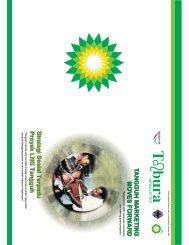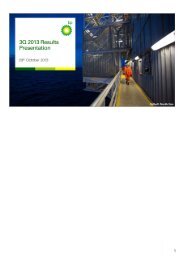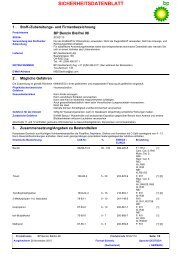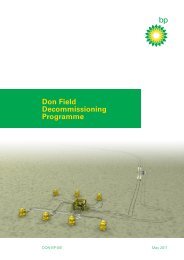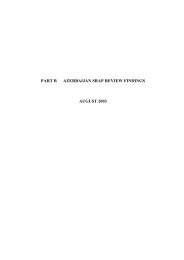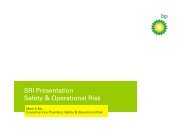Create successful ePaper yourself
Turn your PDF publications into a flip-book with our unique Google optimized e-Paper software.
CLIMATE’S<br />
CRYSTAL BALL<br />
No matter how you look at it, when it<br />
comes to <strong>the</strong> Earth’s climate, change is<br />
definitely in <strong>the</strong> air. Nina Morgan finds<br />
out how climate modelling can provide a<br />
glimpse into <strong>the</strong> climatic conditions we<br />
can expect in <strong>the</strong> future.<br />
From rising global temperatures to changing<br />
rainfall patterns, and increases in <strong>the</strong> severity <strong>of</strong> storms –<br />
climate change affects us all. But how will <strong>the</strong> climate change<br />
in <strong>the</strong> future? And what factors will determine it? The honest<br />
answer, says Dr V Ramaswamy, director <strong>of</strong> <strong>the</strong> Geophysical<br />
Fluid Dynamics Laboratory (GFDL) – a US Department <strong>of</strong><br />
Commerce-funded National Oceanic and Atmospheric<br />
Administration (NOAA) lab in Princeton, New Jersey – is<br />
simple: “We still have lot to learn!” But he is quick to point out<br />
that thanks to advances in climate modelling, scientists now<br />
have a much better grasp <strong>of</strong> how <strong>the</strong> climate system works.<br />
This new understanding can help when it comes to meeting <strong>the</strong><br />
many challenges it poses to our way <strong>of</strong> life.<br />
Climate modelling involves using ma<strong>the</strong>matical equations to<br />
describe processes in <strong>the</strong> climate system, and <strong>the</strong> effects <strong>of</strong> <strong>the</strong><br />
interactions that take place between <strong>the</strong>m. The first general<br />
circulation model – effectively <strong>the</strong> first model <strong>of</strong> <strong>the</strong> climate<br />
system – was developed in 1969 at GFDL. Newer climate models<br />
take many more processes into account, and GFDL researchers<br />
remain at <strong>the</strong> forefront <strong>of</strong> <strong>the</strong> modelling field (see left). “We don’t »<br />
Report> Nina Morgan<br />
Imagery> NOAA<br />
<strong>BP</strong> MAGAZINE Issue 1 2009 49




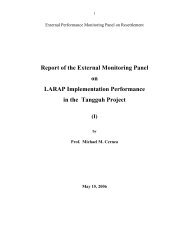
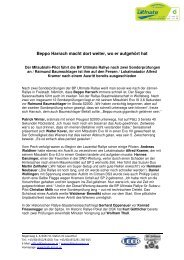
![[PDF] Deepwater Horizon: Accident Investigation Report - BP](https://img.yumpu.com/51697031/1/190x245/pdf-deepwater-horizon-accident-investigation-report-bp.jpg?quality=85)
